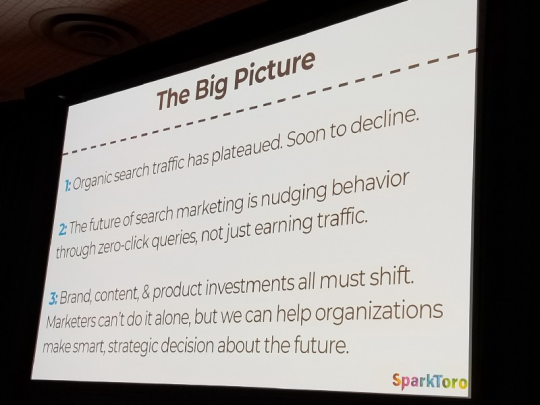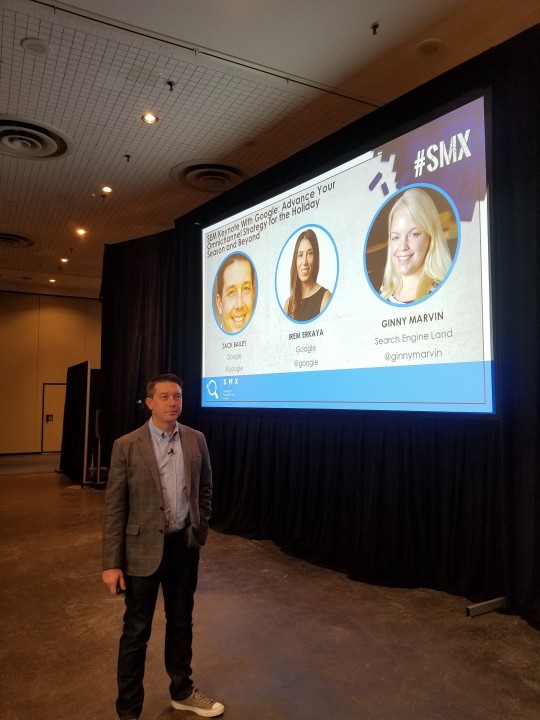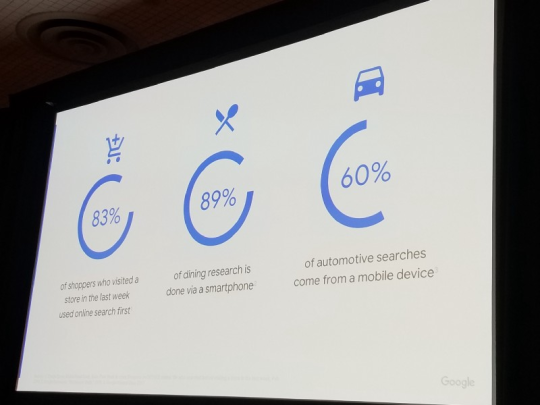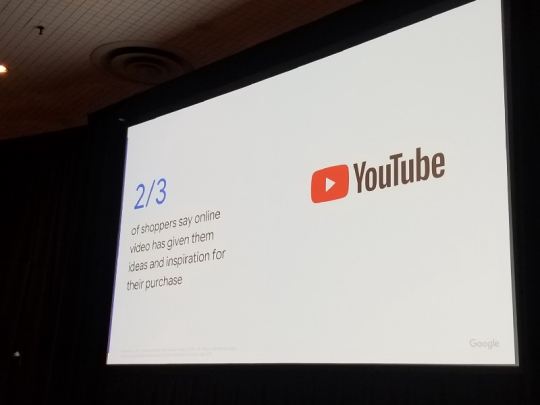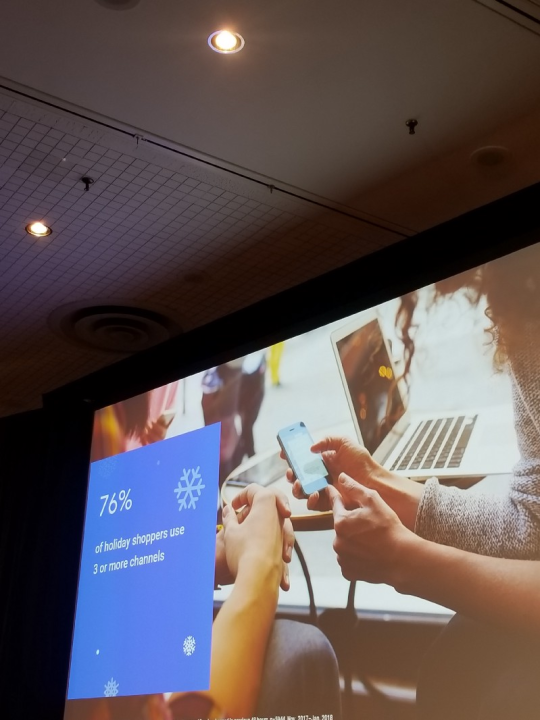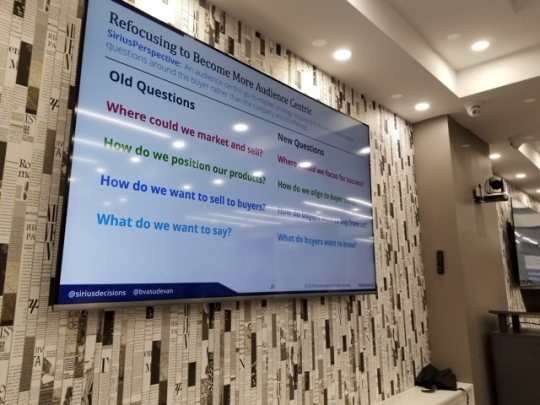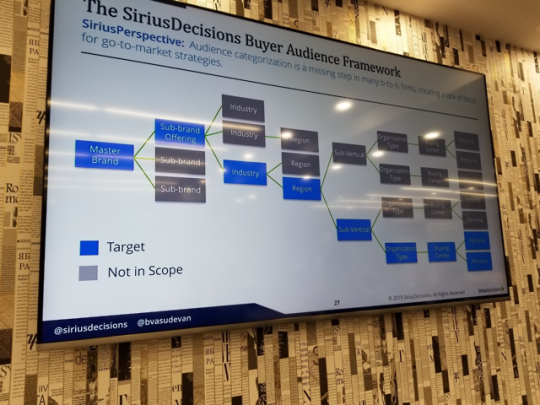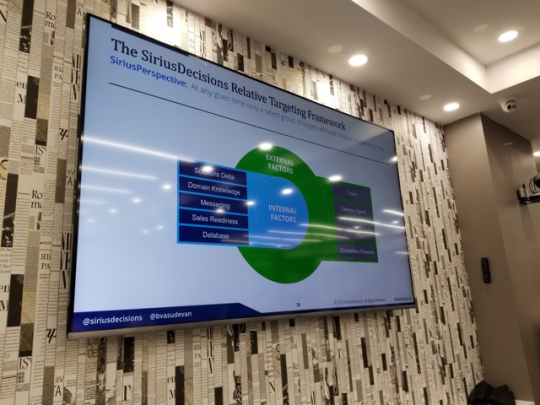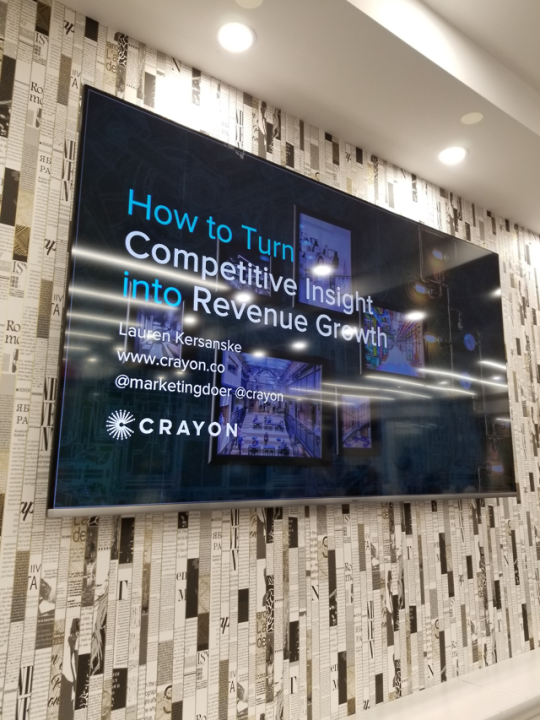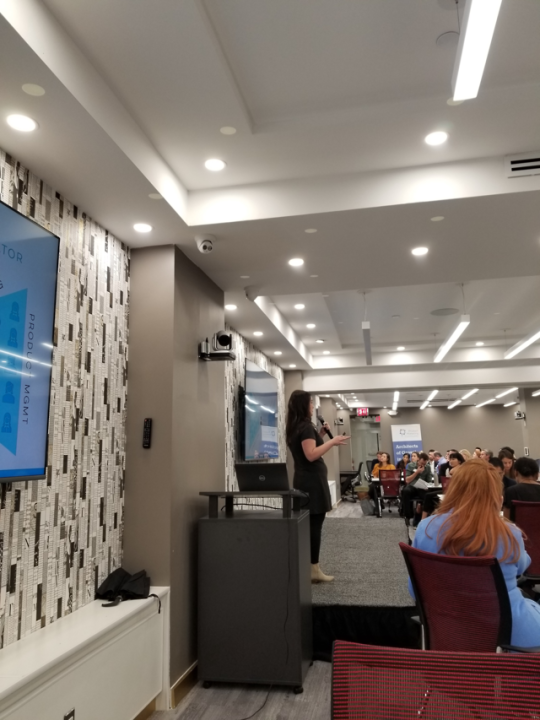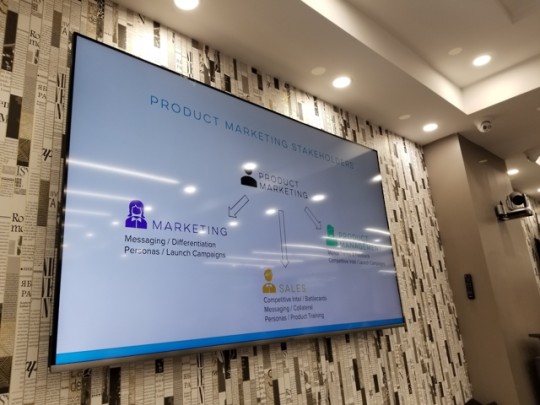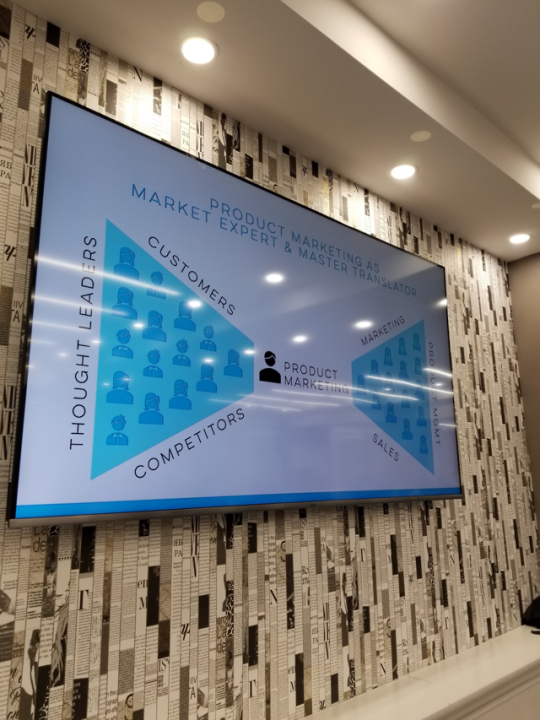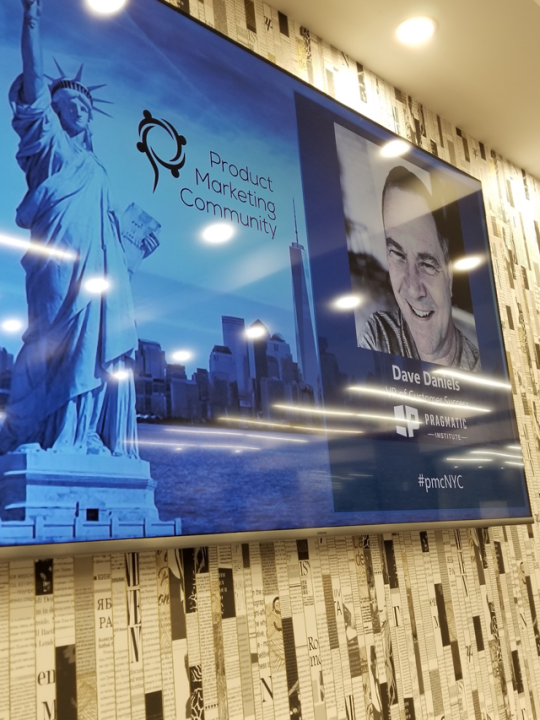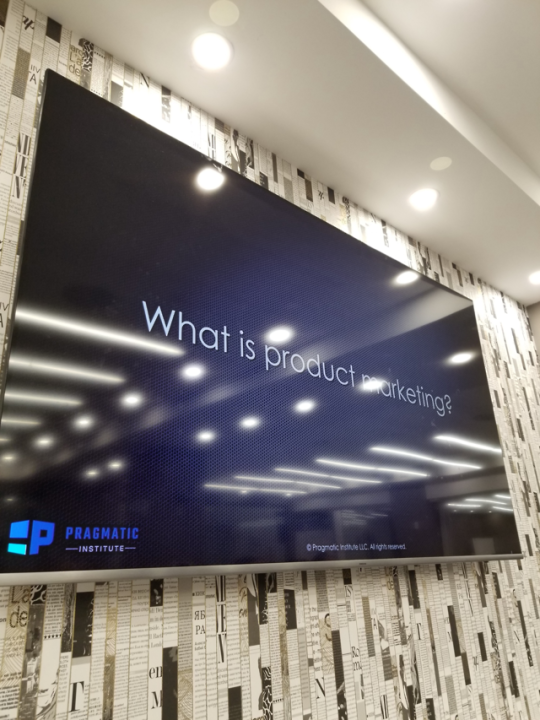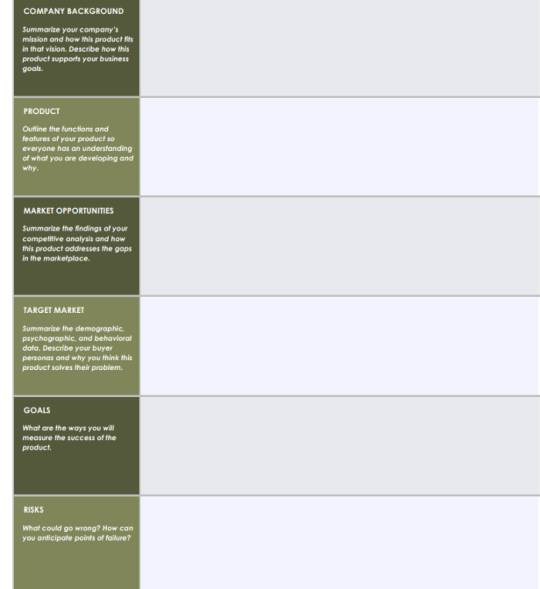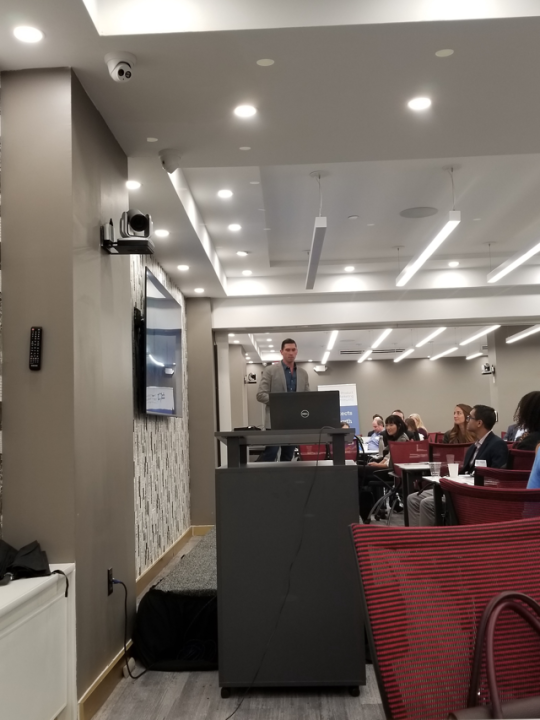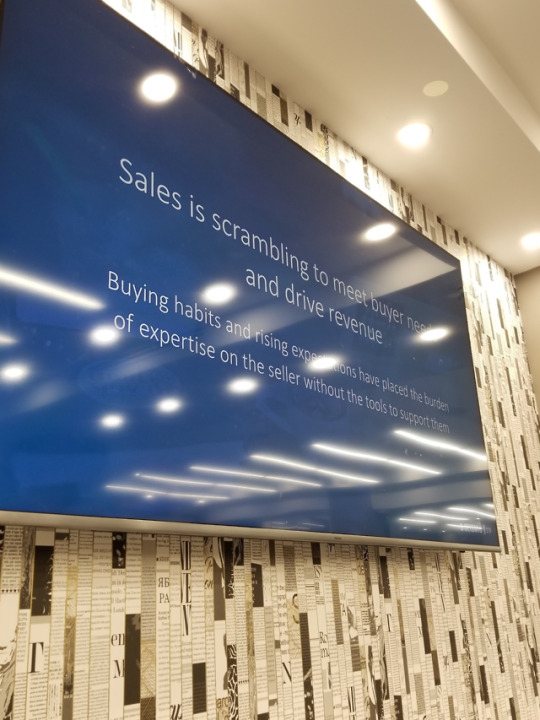What Does Brand Safety Mean for Advertising?
2018 continues to be the year of Brand Safety for Brands, Advertisers and Agencies as the industry status quo was disrupted in 2017.

Many advertisers pulled or suspended their ad campaigns from YouTube and Google’s display network because the company put brands at risk by serving up inappropriate ads that conflicted with the value of advertisers.

Google has taken steps to address the issue and updated the YouTube Partnership Program in efforts to reduce the chance of ads being served up against inappropriate content. This is a great first step but where does the industry go from here?
For the industry to be successful, it is important that Brands feel that their Brand Safety will be protected. Brands need to deliver a consistent message to customers and prospects. When advertisers are showing messages that conflict with Brand values; consumer trust erodes. This can destroy a Brand.
Ultimately, a Brand is responsible for its safety.
· According to independent sources 70% of programmatic money in the UK is being used for various agency commissions leaving media platforms with 30%
· Brands are not sure how their media money is being used
However, for the industry to function successfully, Brands, Advertisers and Agencies need to collaborate; taking ownership of their respective role in the ecosystem. This collaboration, can take the form of: allowing Third party monitors from data science firms to examine data i.e. audit ad inventory, conduct site analysis, pre-bid targeting, keyword exclusion against Brand Guidelines and Standards.
How will these changes affect the digital landscape?
As Brands, Advertisers, and agencies collaborate more closely, allowing third parties to audit their work; campaign development and execution will take longer. More content moderators will be need to implement these changes. Google has announced that it will hire 10,000 Content Moderators this year to honor its commitment to Brand Safety. The fee structure of Advertising will need to be changed. Either the cost of advertising will increase or margins of Advertisers and Agencies will need to be cut.
Agencies will need to support the industry to overcome the issue of Brand Safety by: offering the above services to clients, providing clients with points of contact with partners that support client work, holding discussions/events on Brand Safety and offering guides on the topic.
Brands and Agencies, how do you address the issue of Brand Safety? Comment and share.
Related articles
Article Sources
- http://www.thedrum.com/news/2017/05/15/google-tweaks-brand-safety-rules-publishers-with-focus-pages-instead-websites
- https://www.marketingweek.com/2017/03/29/ritson-google-brand-safety/
- http://marketingland.com/advice-google-facebook-brand-safety-211588
- https://digiday.com/uk/behind-headlines-ad-execs-discuss-google-brand-safety-debacle/
- https://techcrunch.com/2017/12/05/youtube-promises-to-increase-content-moderation-staff-to-over-10k-in-2018/




